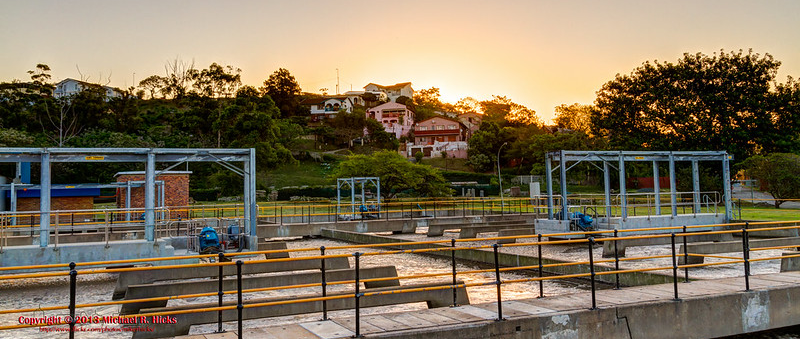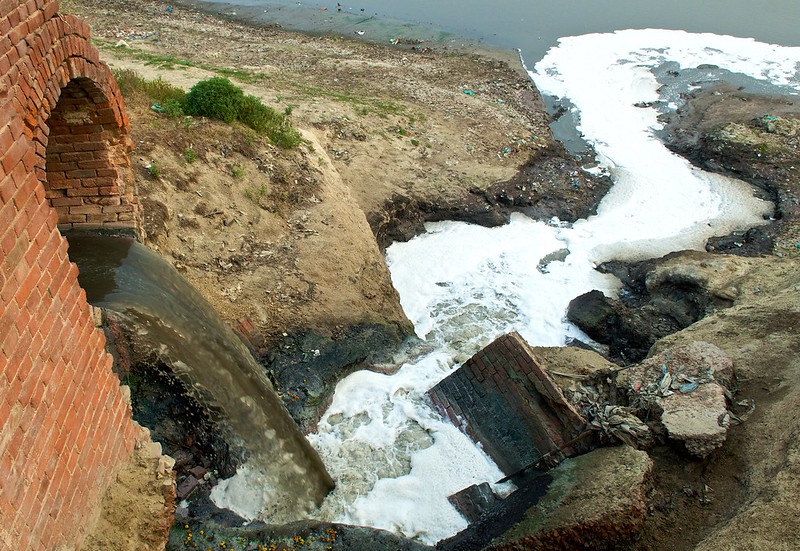Do you know that every time you flush the toilet, you could contribute data to track COVID-19? This information can tell us how the pandemic is evolving.
The idea of using wastewater to monitor infectious diseases is not new. It has been applied to, for example polio since the 80´s. But with the COVID-19 pandemic interest in the methodology, also referred to as wastewater-based epidemiology (WBE), has increased drastically. After the first proofs that the virus causing COVID-19 (SARS-CoV2) can be shed in faeces and detected in sewage the field gained attention. Many countries have seen the potential in these analyses, and measurements are being done in at least 3000 sites in 58 countries. Since the 1st of October 2021 there is an EU recommendation to have wastewater-based SARS-CoV2 surveillance in place in bigger cities.
Method development and testing in Sweden and Uganda
Since the pandemic began I have been involved in developing wastewater-based analysis of SARS-CoV2, the virus causing COVID-19. The research has been done by an interdisciplinary team that recently started the Swedish Environmental Epidemiology Center (SEEC). SEEC is currently performing a weekly analysis of SARS-CoV2 in sewage in 14 cities in Sweden and shares the results within three days of sampling. During autumn 2021, I and Dr. Anna Székely at SEEC together with Dr. Lawrence Mugisha at Makerere University (Mak) and Stephen Balinandi, Uganda Virus Research Institute (UVRI) ran a successful pilot study in Uganda measuring SARS-CoV2 from four major sewage plants in Entebbe and Kampala and concluded that the method could be implemented as a surveillance tool.
There are several advantages with this method. It is a naturally pooled sample that provides an overview of the disease status of a population. The method is non-invasive and covers all households that use toilets connected to the sewage system, regardless of access to healthcare and testing capacity. As one test will provide information about the whole population, it is highly cost-effective. With the recent development of the methodology, it is now highly sensitive and able to detect different variants of viruses circulating.
A first warning about a new wave
I’m amazed by the several usages of wastewater-based pathogen surveillance. In the phase of the pandemic that we are in now, it is becoming clear that we will no longer test everyone. In these situations, sewage analysis provides a more unbiased or unchanged perspective. It can continue to give us indications of the transmission levels in the cities. I can also see a future where COVID-19 is no longer detected in sewage, and when it will be highly relevant to keep sewage surveillance in place and use increased signals to warn about a new wave coming.

